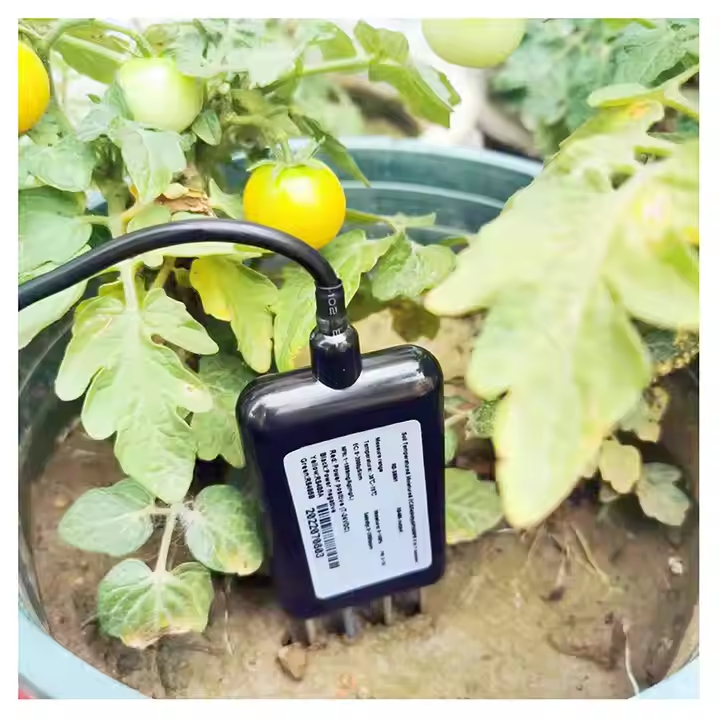With the rapid development of precision agriculture technology, more and more farmers in the United States have begun to use multifunctional soil sensors to optimize agricultural production. Recently, a device called “7-in-1 soil sensor” has set off a craze in the US agricultural market and has become a “black technology” tool that farmers are scrambling to purchase. This sensor can simultaneously monitor seven key indicators of the soil, including moisture, temperature, pH, conductivity, nitrogen content, phosphorus content and potassium content, providing farmers with comprehensive soil health data.
The manufacturer of this sensor said that the device uses advanced Internet of Things (IoT) technology to transmit data to the user’s mobile phone or computer in real time. Farmers can view soil conditions through the accompanying application and adjust fertilization, irrigation and planting plans based on the data. For example, when the sensor detects that the nitrogen content in the soil is insufficient, the system will automatically remind the user to add nitrogen fertilizer, thereby avoiding the problem of over-fertilization or insufficient nutrients.
The U.S. Department of Agriculture (USDA) supports the promotion of this technology. A spokesperson pointed out: “The 7-in-1 soil sensor is an important tool for precision agriculture. It can not only help farmers increase yields, but also reduce resource waste and reduce environmental impact.” In recent years, the U.S. Department of Agriculture has been promoting innovation in agricultural technology to reduce the use of fertilizers and water while improving crop yields and quality.
John Smith, a farmer from Iowa, is one of the early users of this sensor. He said: “In the past, we could only judge the soil conditions based on experience. Now with this data, planting decisions have become more scientific. Last year, my corn yield increased by 15%, and the use of fertilizers decreased by 20%.”
In addition to improving production efficiency, the 7-in-1 soil sensor is also widely used in research. Agricultural research teams at many universities in the United States are using these devices to conduct soil health research to develop more sustainable agricultural practices. For example, researchers at the University of California, Davis are analyzing sensor data to explore how to optimize water use in drought-stricken areas.
Although the price of this sensor is relatively high, its long-term benefits are attracting more and more farmers. According to statistics, sensor sales in the Midwest of the United States have increased by nearly 40% in the past year. Manufacturers also plan to launch rental services to lower the threshold for small farms.
Analysts believe that with the popularization of precision agriculture technology, smart devices such as the 7-in-1 soil sensor will become the standard for future agriculture. This will not only help address global food security challenges, but also promote agriculture to develop in a more environmentally friendly and sustainable direction.
Post time: Feb-08-2025


